Author: K Alkaradaghi, SS Ali, N Al-Ansari, J Laue
Author contact: Kurdistan Institution for Strategic Studies and Scientific Research, Sulaimaniyah, Iraq..
Publisher: Scientific Research Publishing
Place: Sulaymaniyah/KR
Abstract
Lack of land for waste disposal is one of the main problems facing urban areas in developing countries. The Sulaimaniyah Governorate, located in northern Iraq, is one of the main cities of the country in the Kurdistan Region, covering an area of 2400 km2. Currently, there is no landfill site in the study region that meets scientific and environmental requirements, inappropriate dumping of solid waste causes adverse effects on the environment, economic and urban aesthetic. To overcome with this phenomenon, it is very crucial to suggest a landfill site, even in countries that recycle or burn their waste to protect the environment. Landfill sites should be carefully selected by considering all regulations and other restrictions. The integration of geographic information systems and multi-criteria decision analysis is used in this study to select suitable landfill locations in the region, for this purpose, thirteen layers are prepared according to their importance including urban area, villages, rivers, groundwater depth, slope, elevation, soil types, geological formations, roads, oil and gas field, land use classification, archaeological site and power lines. Two different methods (simple additive weighting and analytic hierarchy process) are implemented in a geographical information system to obtain the suitability index map for candidate landfill sites, where all these sites satisfied the scientific and environmental criteria which were adopted in this study. The comparison of the maps resulting from these two different methods demonstrates that both methods produced consistent results.
Cite this article
Alkaradaghi, K., Ali, S.S., Al-Ansari, N. and Laue, J., 2020. Landfill site selection using gis and multi-criteria decision-making ahp and saw methods: A case study in sulaimaniyah governorate, iraq. Engineering, 12(4), pp.254-268.

